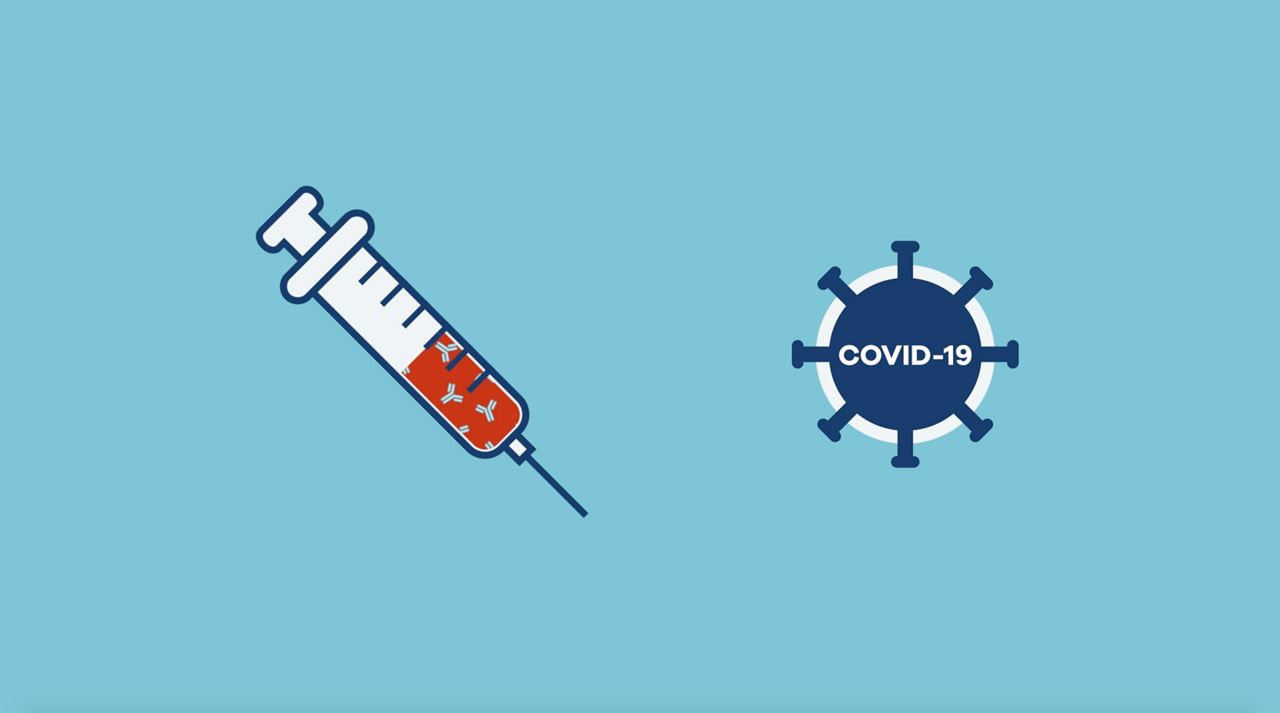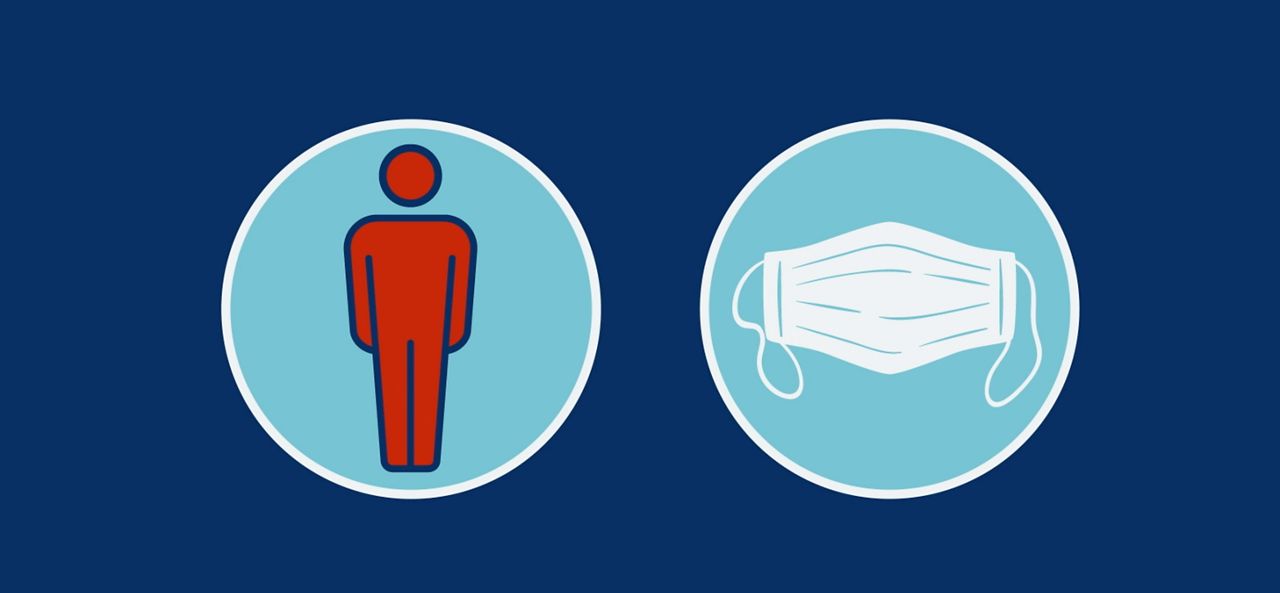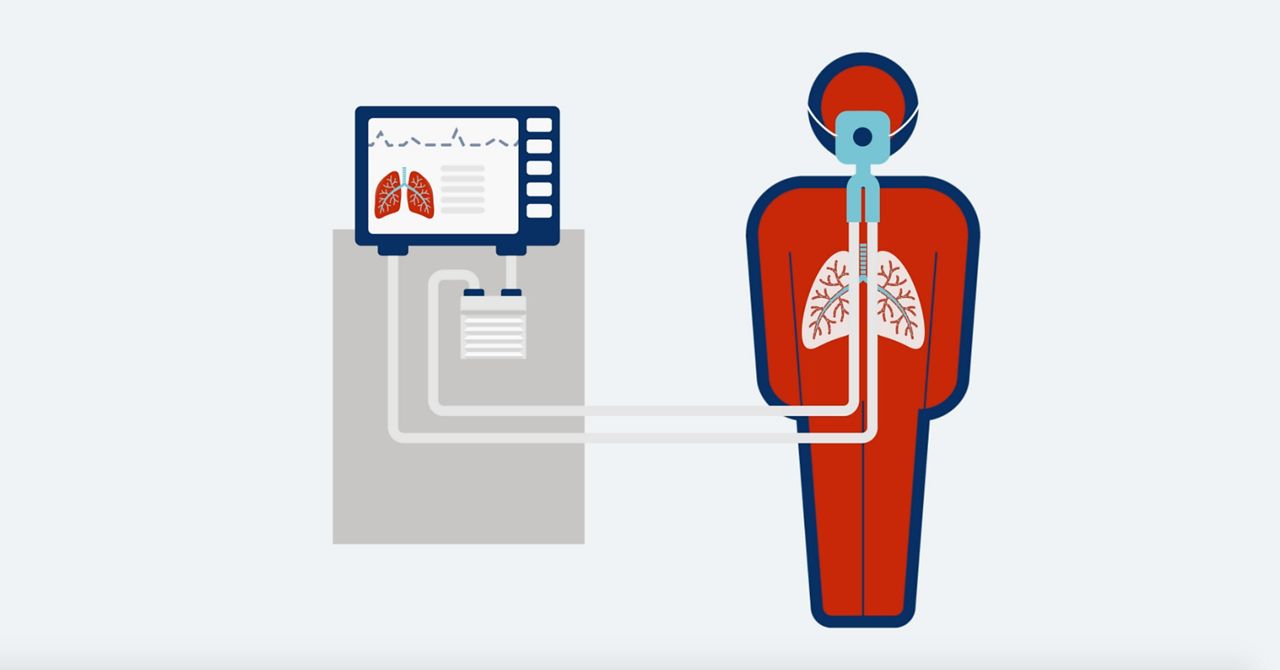WHAT WE KNOW ABOUT COVID-19
Coronaviruses are not new. They are a large family of viruses that can cause illnesses ranging from the common cold to more serious sicknesses like SARS and MERS.
COVID-19 is the illness caused by the new coronavirus. It’s a respiratory illness with symptoms similar to cold and flu, like fever, cough, and difficulty breathing. If you are experiencing any symptoms, the CDC recommends you stay home and contact your doctor or local health department for guidance. People who are mildly ill are able to recover from the illness at home without hospitalization.
Research has shown that about 80 percent of cases are mild. The other 20 percent of those who are infected develop severe illness; the majority of these people are elderly or have pre-existing health conditions like diabetes and asthma.
The new coronavirus is easily spread through bodily fluids. When an infected person coughs or sneezes, their saliva or mucus can infect the people around them. This is why large-scale efforts like social distancing are important to help contain the spread.
There’s growing evidence that people with no symptoms are also likely spreading the virus, but to a lesser degree. This is why, if exposure to a sick individual is suspected, self-isolation is recommended.
The new coronavirus has also been shown to live on hard surfaces, sometimes for several days. In order to limit the spread of the virus, the CDC recommends that you wash your hands frequently, regularly disinfect surfaces like doorknobs and countertops, and avoid sharing household items.
Because it is a new virus, there is no immunity in the population to help slow the spread of COVID-19.
HOW COVID-19 SPREAD ACROSS THE GLOBE
Infectious disease investigators traced the start of the infections to a live animal market in Wuhan, China, where experts say it jumped from an animal to a human.
In late December 2019, officials in China confirmed that they were treating multiple patients with pneumonia-like symptoms. The disease was later identified as a new coronavirus.
From China, the virus spread to Thailand, Japan, Korea, the US, and across the world - with Italy, China and the United States being the hardest hit.
There are now confirmed COVID-19 cases in all 50 states with the highest numbers in New York, Washington and California. The number of confirmed cases is expected to continue rising in the coming days as testing capacity increases nationwide.
For more on COVID-19 and how you and your family can prepare, go to cdc.gov/coronavirus.










